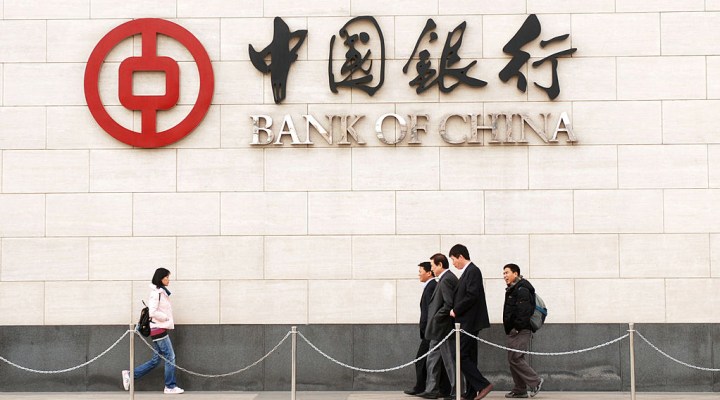
China GDP slump: economy growth cools further amid U.S. tariff war
Share Now on:
China GDP slump: economy growth cools further amid U.S. tariff war

China’s economic growth sank to its lowest level in at least 26 years in the quarter ending in June, adding to pressure on Chinese leaders as they fight a tariff war with Washington.
The world’s second-largest economy grew 6.2% over the same period a year ago, down from the previous quarter’s 6.4%, government data showed Monday.
Forecasters expected China’s economy to rebound in late 2018 but pushed back that target after President Donald Trump hiked tariffs on Chinese imports to pressure Beijing over its technology development tactics. Now, economists say the slowdown might extend into next year.
Trump and Chinese President Xi Jinping agreed last month to resume negotiations on the fight that has battered exporters on both sides. But economists warn their truce is fragile because they still face the same array of disputes that caused talks to break down in May.
“The trade war is having a huge impact on the Chinese economy,” Edward Moya of OANDA said in a report. “As trade negotiations struggle for meaningful progress, we are probably not near the bottom for China’s economy.”
Chinese leaders have stepped up spending and bank lending to keep growth within this year’s official target range of 6% to 6.5% and avert politically dangerous job losses. But they face an avalanche of unexpectedly bad news including plunging auto sales.
In the second half of the year, “the external environment may still be more complicated,” said a government spokesman, Mao Shengyong, at a news conference.
Quarterly growth was the lowest since China began reporting such data in 1993, according to an employee of the press office of the National Bureau of Statistics, Dong Hui.
In 2009, the NBS reported growth of 6.1% for the first three months of that year. However, Dong said that later was revised up to 6.4%.
Jittery consumers are putting off major purchases, depressing demand for autos, home appliances and other goods.
Weaker Chinese activity has global repercussions. China is the biggest export customer for its Asian neighbors and a major market for global suppliers of food, mobile phones, industrial technology and consumer goods.
The International Monetary Fund and private sector economists have cut this year’s Chinese growth forecast to as low as 6.2%, a further marked decline after last year’s three-decade low of 6.6%.
Growth in retail sales slowed to 8.4% in the first half of 2019, down 0.1 percentage points from the first quarter, the government reported. Growth in factory output decelerated to 6% in the first half, down 0.1 percentage points from the first quarter.
Auto sales, reported earlier, fell 7.8% in June, extending a yearlong contraction in the industry’s biggest market. Chinese exports to the United States fell 7.8% in June from a year ago.
The biggest factor in the latest Chinese economic weakness is lackluster activity in construction and industry, according to Julian Evans-Pritchard of Capital Economics. He said that was likely to worsen because a boom in real estate development is fading.
“Combined with increasing headwinds from U.S. tariffs and weaker global growth, we expect this to culminate in a further slowdown in economic growth over the coming year,” Evans-Pritchard said in a report.
Beijing is pumping money into the economy through higher spending on building highways and other public works. That has shored up growth but set back efforts to reduce reliance on investment, which has pushed debt to levels that prompted credit rating agencies to cut China’s credit rating for government borrowing.
Spending on factories, real estate and other fixed assets rose 5.8% in the first half of the year, up 0.2 percentage points from the first five months.
There’s a lot happening in the world. Through it all, Marketplace is here for you.
You rely on Marketplace to break down the world’s events and tell you how it affects you in a fact-based, approachable way. We rely on your financial support to keep making that possible.
Your donation today powers the independent journalism that you rely on. For just $5/month, you can help sustain Marketplace so we can keep reporting on the things that matter to you.


















